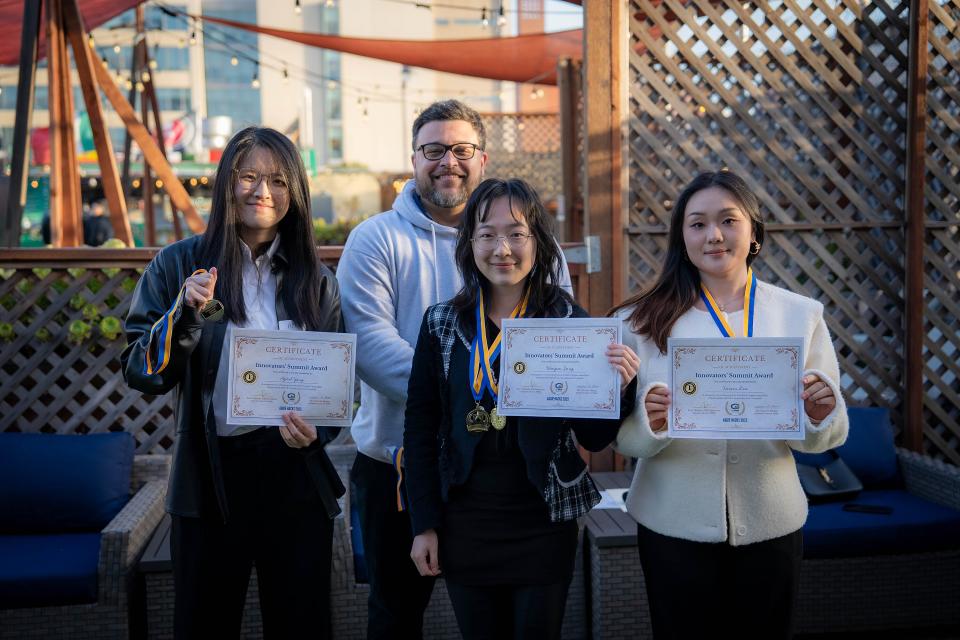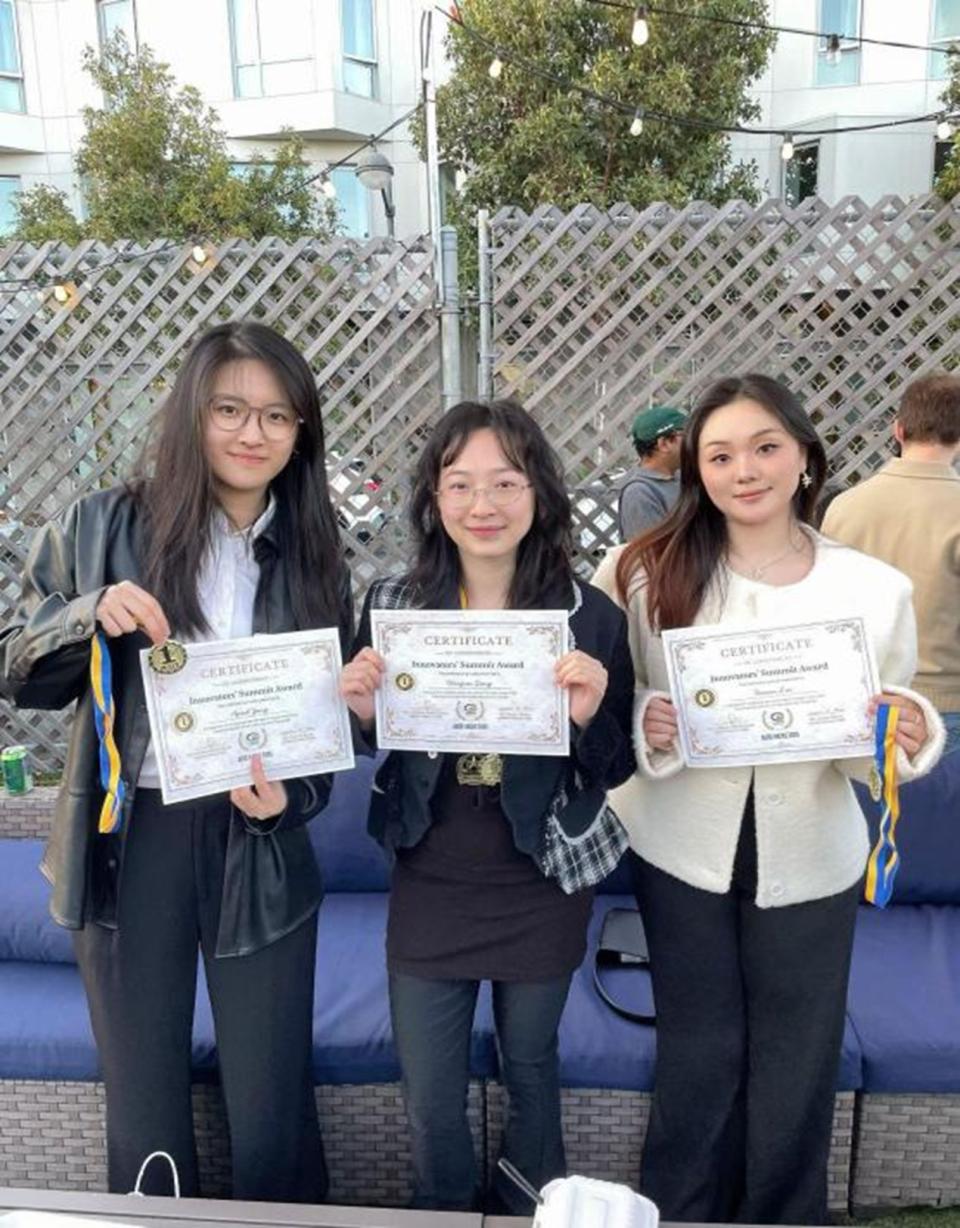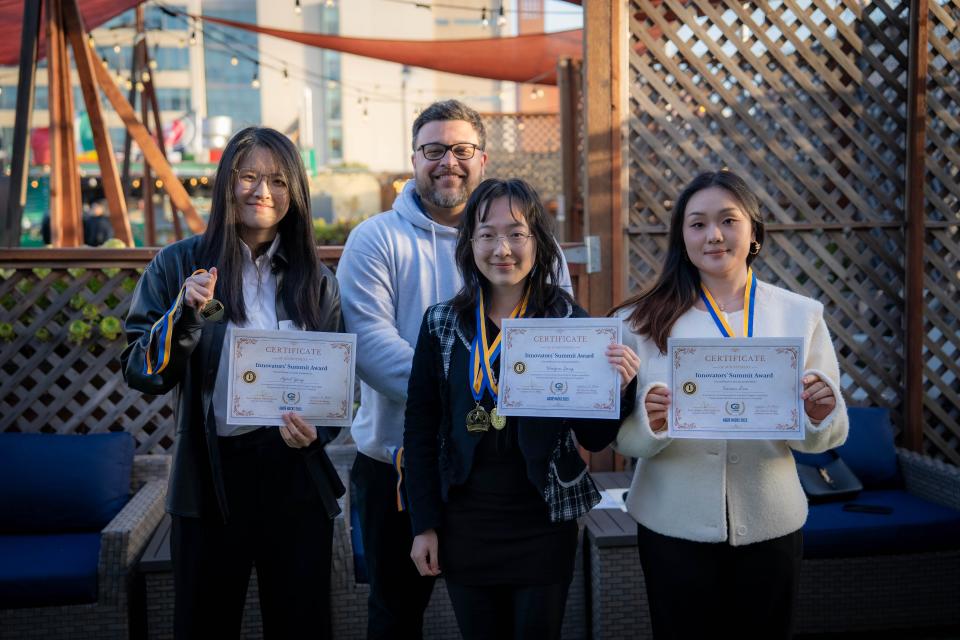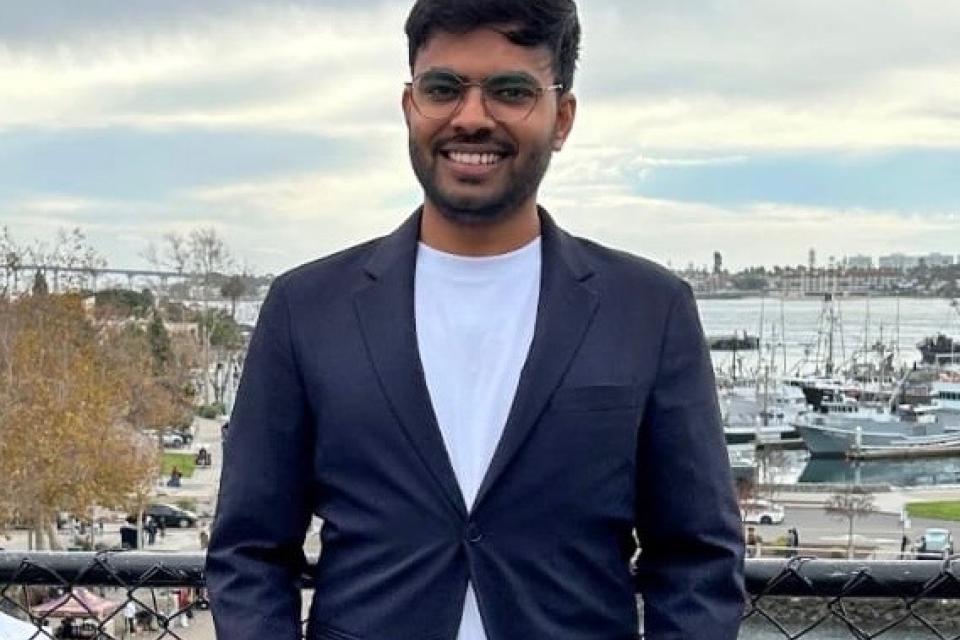We Built an AI to Outsmart Disasters — And It Actually Worked
Engineering the future of emergency response in 48 hours

It’s 1 a.m. on a Wednesday. We’re surrounded by instant noodles, half-dead laptops and a never-ending group call. Outside, it’s calm. Inside our heads? Total chaos.
The challenge: Build a system that can stop a disaster from spiraling out of control.
The twist? We had 48 hours. No do-overs. No sleep. Just adrenaline, datasets and a shared belief that we might just pull this off.
Welcome to Aggie Hacks 2025, a 48-hour virtual data hackathon where caffeine is currency and ideas become prototypes before you’ve even had lunch. The annual event is hosted by the UC Davis Graduate School of Management.
Cities Are Slow. Disasters Aren’t.
We started with a sobering problem: natural disasters are no longer just about earthquakes or storms. Misinformation spreads faster than wildfires. Power outages cascade into hospital overloads. And somewhere in between, a viral tweet tells half the city to evacuate the wrong neighborhood.
Imagine this: A minor earthquake knocks out a power line. A fake tweet about a chemical leak goes viral. A hospital, already stretched thin, becomes overwhelmed. People evacuate in the wrong direction. The disaster grows — not because of nature, but because of data chaos.
So we asked ourselves, “What if AI could connect the dots faster than the chaos spreads?”
Our answer was AI City Scout — a real-time intelligence dashboard that:
- Predicts which disasters might overwhelm hospitals before they happen
- Flags fake tweets before they go viral and cause unnecessary panic
- Generates emergency response plans, powered by GPT-4, before people even realize they’re needed

Divide and Conquer (and Panic, Occasionally)
We split roles like an emergency response team tackling a crisis from all angles:
- Stephanie Liu dove into raw sensor data and weather feeds, ran deep EDA to surface anomalies and helped detect the earliest warning signs before a disaster escalated.
- Wenjun Song built predictive models using Isolation Forest and Random Forest to flag high-risk zones and forecast hospital overload.
- April Wang fed the response into GPT-4 to generate real-time actionable rescue plans, and built the front-end using Streamlit, ensuring city officials could actually use the tool without any technical background.
We toggled between panic and progress, and averaged about three hours of sleep a night. But every time we saw the pieces coming together — when the map lit up with risk alerts, or GPT-4 calmly explained what to do in a fake tsunami alert — we got chills. Our plan could actually work.
From Data Class to Disaster Class
This hackathon wasn’t just about code. It was about applying everything we’ve been learning in the Master of Science in Business Analytics program at UC Davis.
That machine learning model we grumbled about? It helped us detect any potential disasters.
Those endless feature engineering labs? They were was essential for predicting hospital overload.
Even the data visualization that we did just for grades was the difference between clarity and chaos for a city official looking at our dashboard.
Aggie Hacks wasn’t just a technical challenge. It was a stress test on our ability to lead, collaborate and create under pressure.
The Big Idea: Link the Unlinkable
Most disaster tools react after things go wrong. Ours predicts what might go wrong next.
We connected five messy data streams (sensors, weather, historical disasters, X, (formerly Twitter), and energy outages) into one clean, clickable interface.
And yes, our model actually talks back. Input a potential threat, and GPT-4 returns a tailored emergency plan. No delays. Just clear steps a city official can take now.
What We Didn’t Expect
The biggest surprise wasn’t the code. It was the emotion.
When a simulation showed a potential flooding disaster causing a cascade of wrong responses, our model detected it and immediately generated an instant action plan. We felt something deeper than just pride. It felt like building something that mattered.
But getting there wasn’t easy. Sensor timestamps didn’t align. Geospatial data lacked clear zoning. We weren’t just cleaning messy datasets — we were making life-or-death decisions in a real-world context.
What truly helped us untangle it all was our MSBA training. Advanced Statistics and Machine Learning gave us the tools to build and validate models under pressure. Our practicum and data engineering projects prepared us to reshape and clean 50,000+ rows of chaotic, multimodal input.
We weren’t just debugging. We were designing something that, one day, could help cities act faster — and save lives.
Why You Should Say Yes to Aggie Hacks
If you're an MSBA student wondering if you should join Aggie Hacks, here’s our advice:
- Say yes before you feel ready.
We almost gave up halfway through. The prompt felt too broad and too impossible. But here’s the truth, no one walks into a hackathon with the perfect plan. You figure it out as you go, and the pressure is the point. It forces creativity, resilience and focus like no classroom ever can. Feeling unprepared is actually a good sign. It means you’re about to grow.
- Don’t chase the flashiest idea. Chase the one that solves a real problem.
It’s tempting to build what looks cool. But after hours of discussion, we realized the most urgent issue wasn’t sci-fi. It was reality. So, we built something useful, not just impressive. And that made all the difference. Judges noticed. More importantly, we felt it.
- Trust your teammates.
Hackathons aren’t solo missions. There were moments one of us would crash mentally or hit a wall technically. Every time, someone sent a message in the group chat, whether it was pushing code at 2 a.m., debugging models, or just sending a “You got this!”, we had each other’s backs. That trust was our secret weapon.
- Remember everything will come together.
Honestly, we didn’t realize how much we’d learned until we had to use it all at once. Our scattered notes, old projects and “Why did we learn this?” moments all came together in a way we never expected. They all stitched together in a way only real pressure can reveal.



